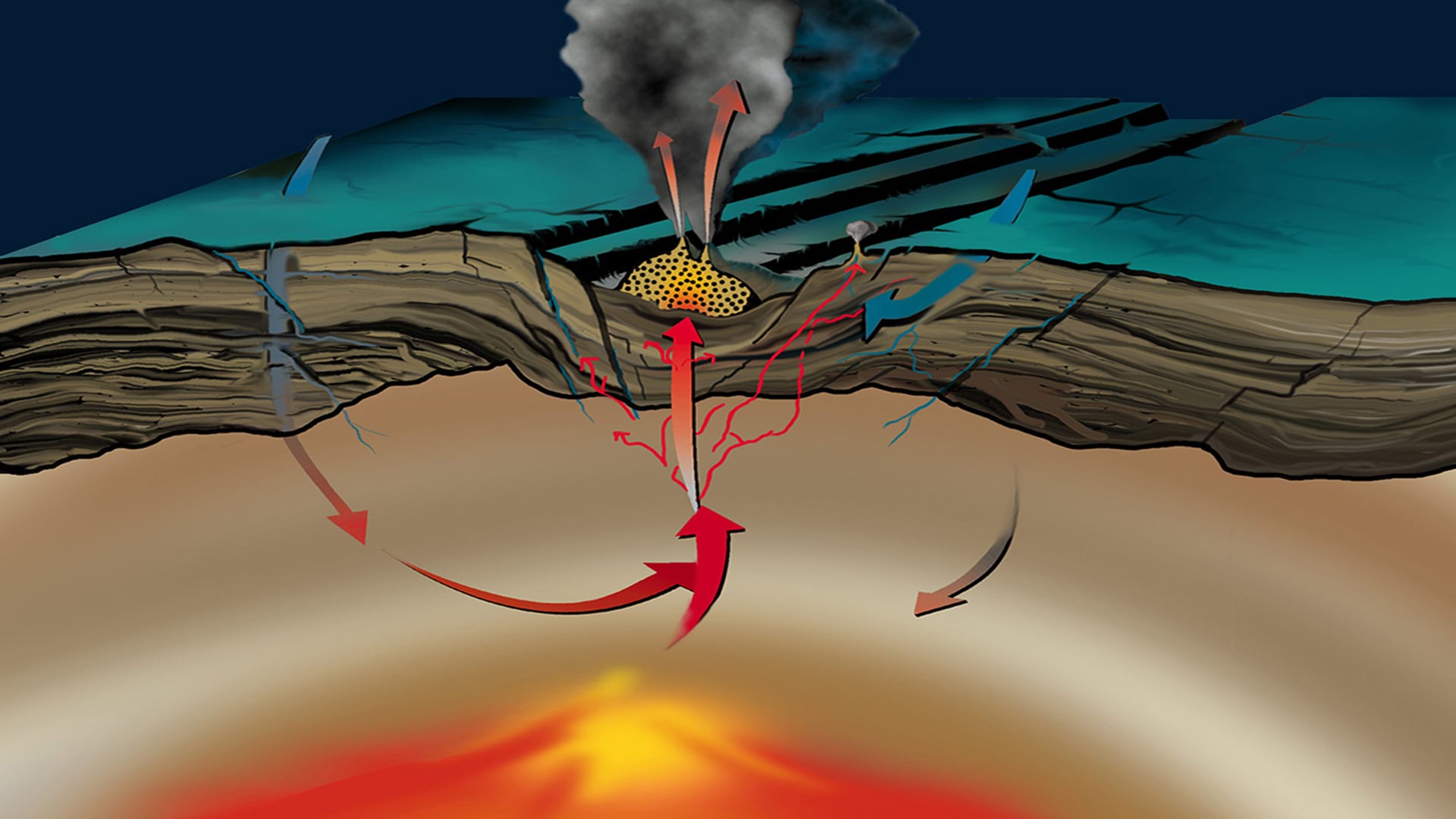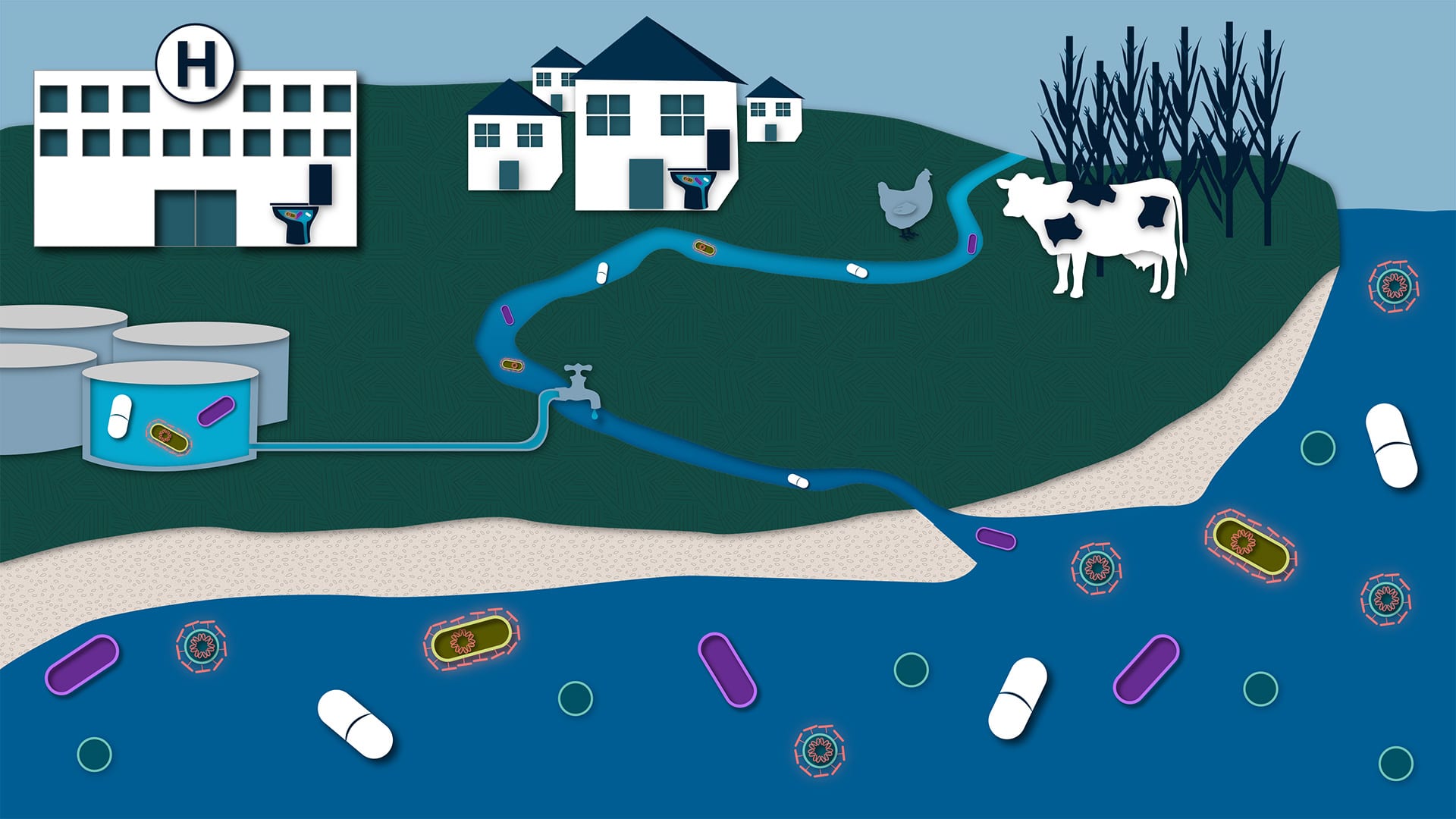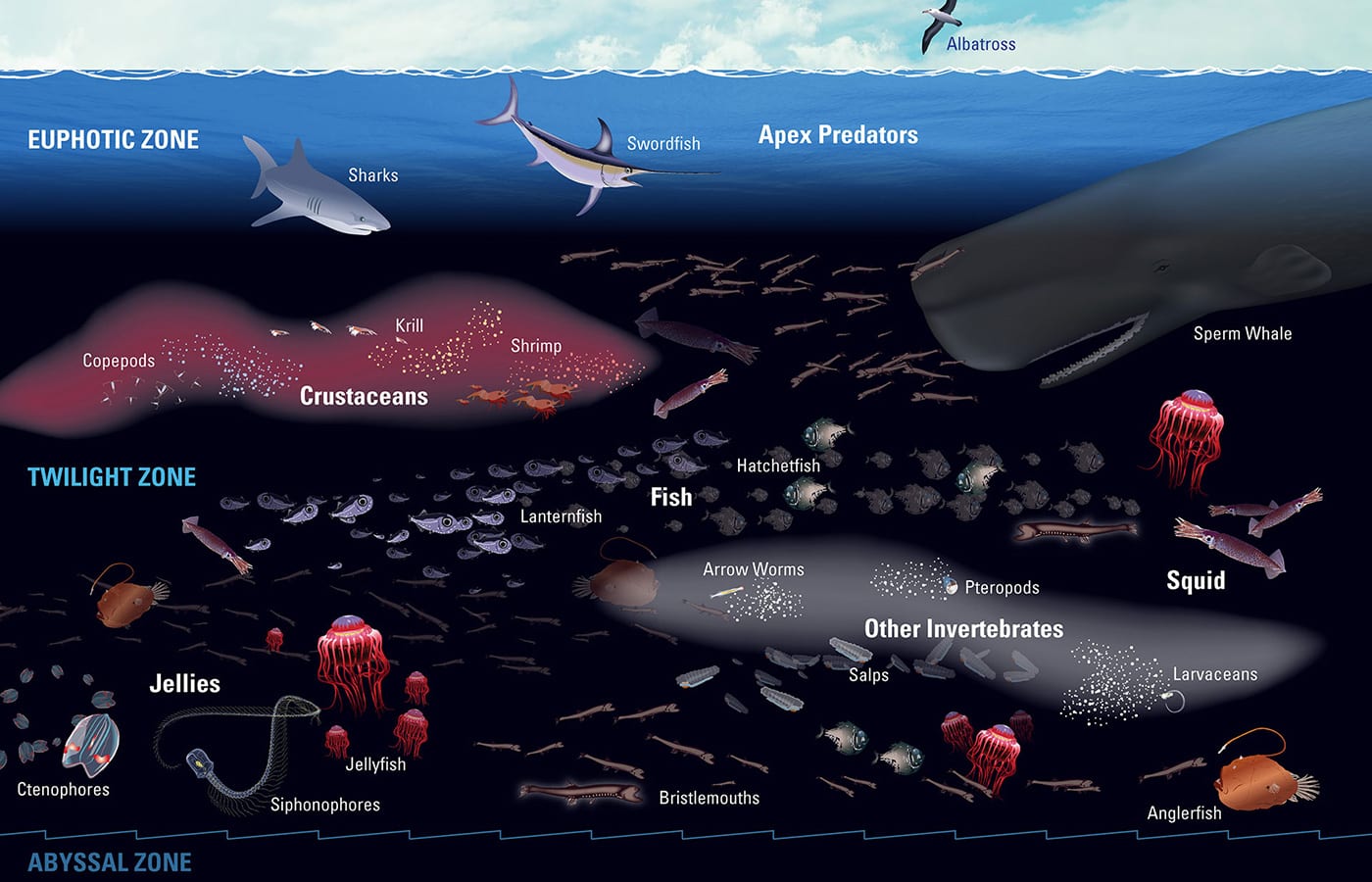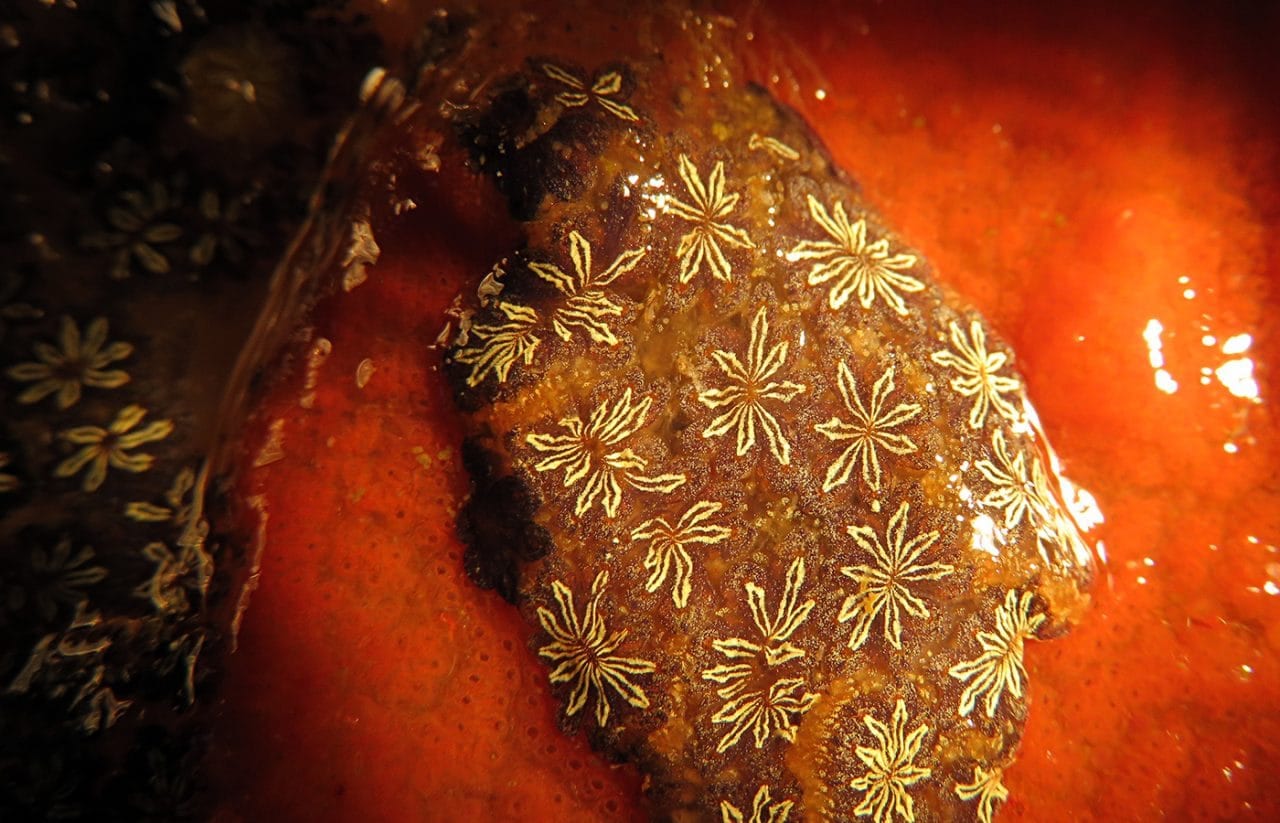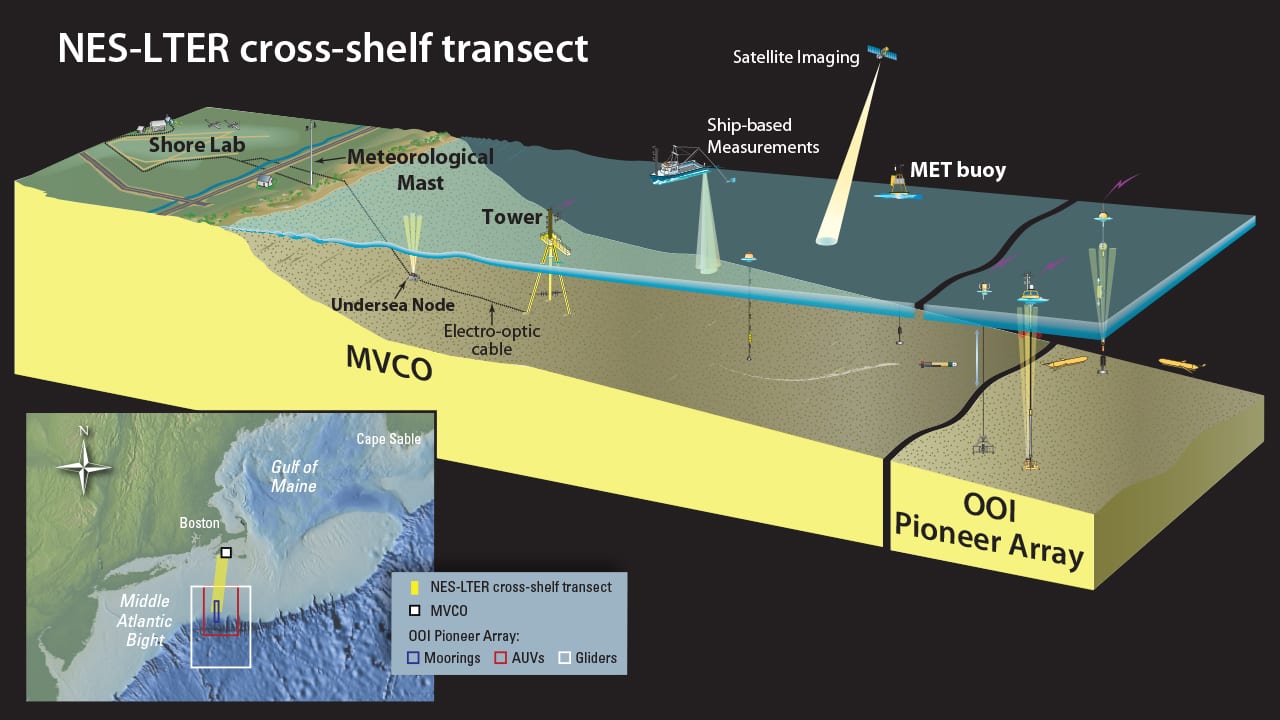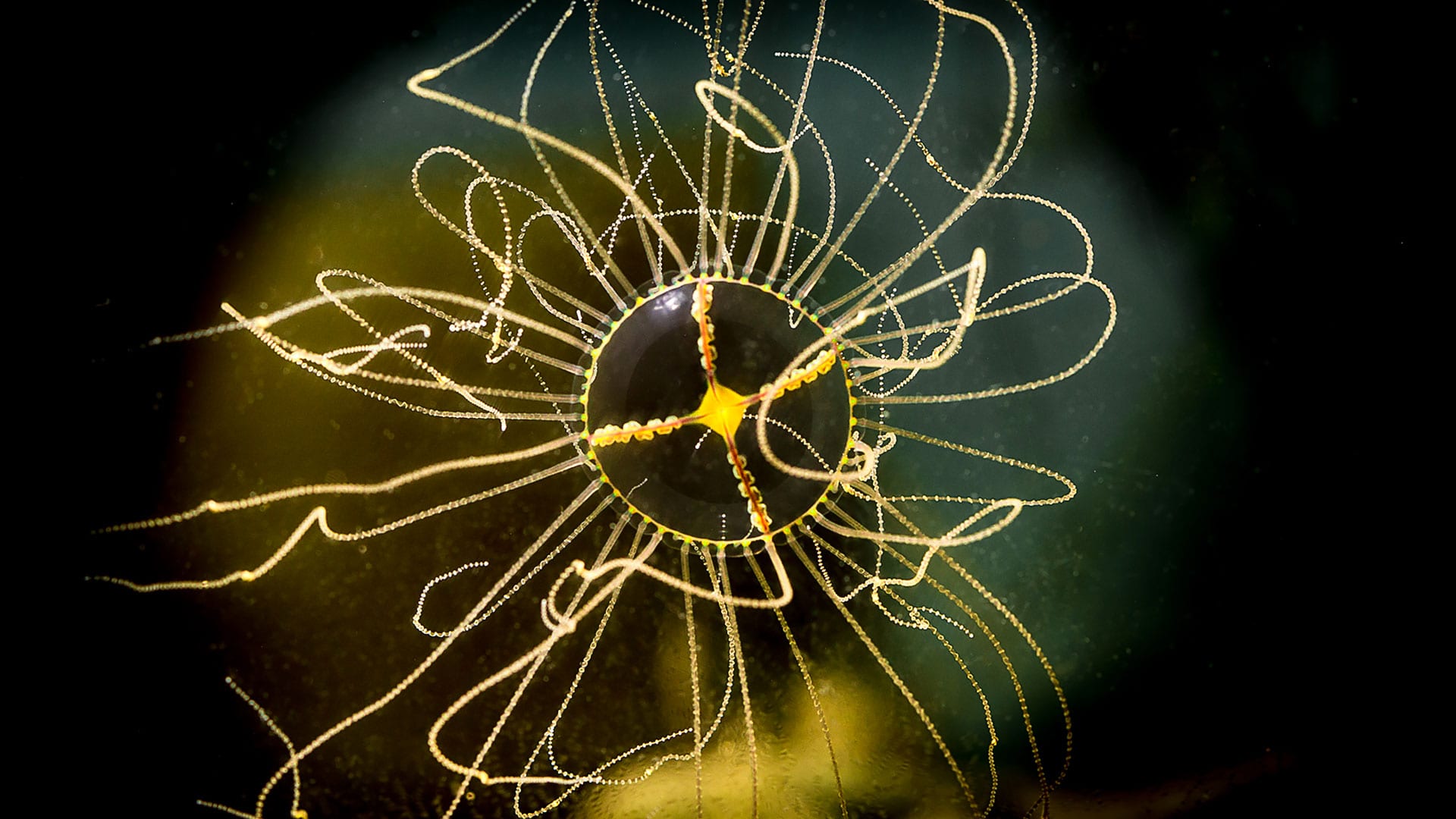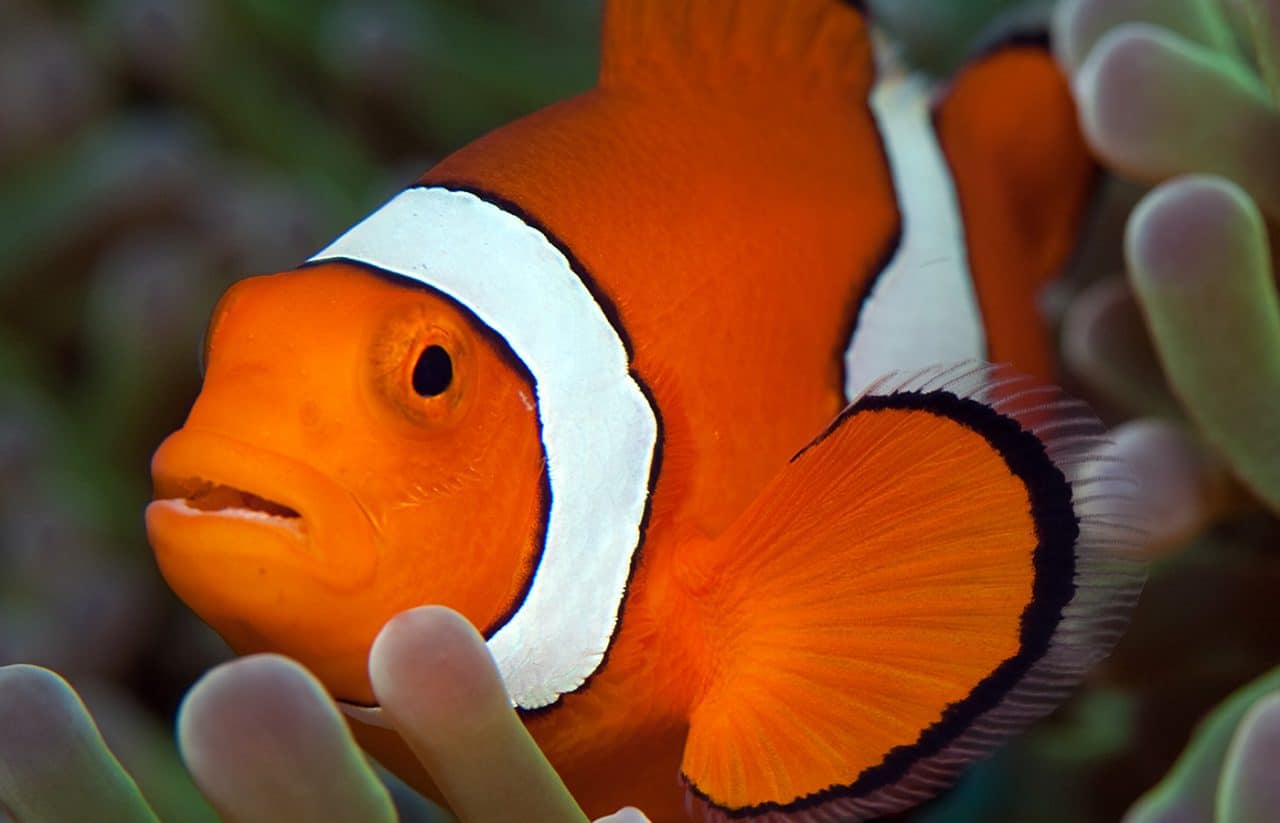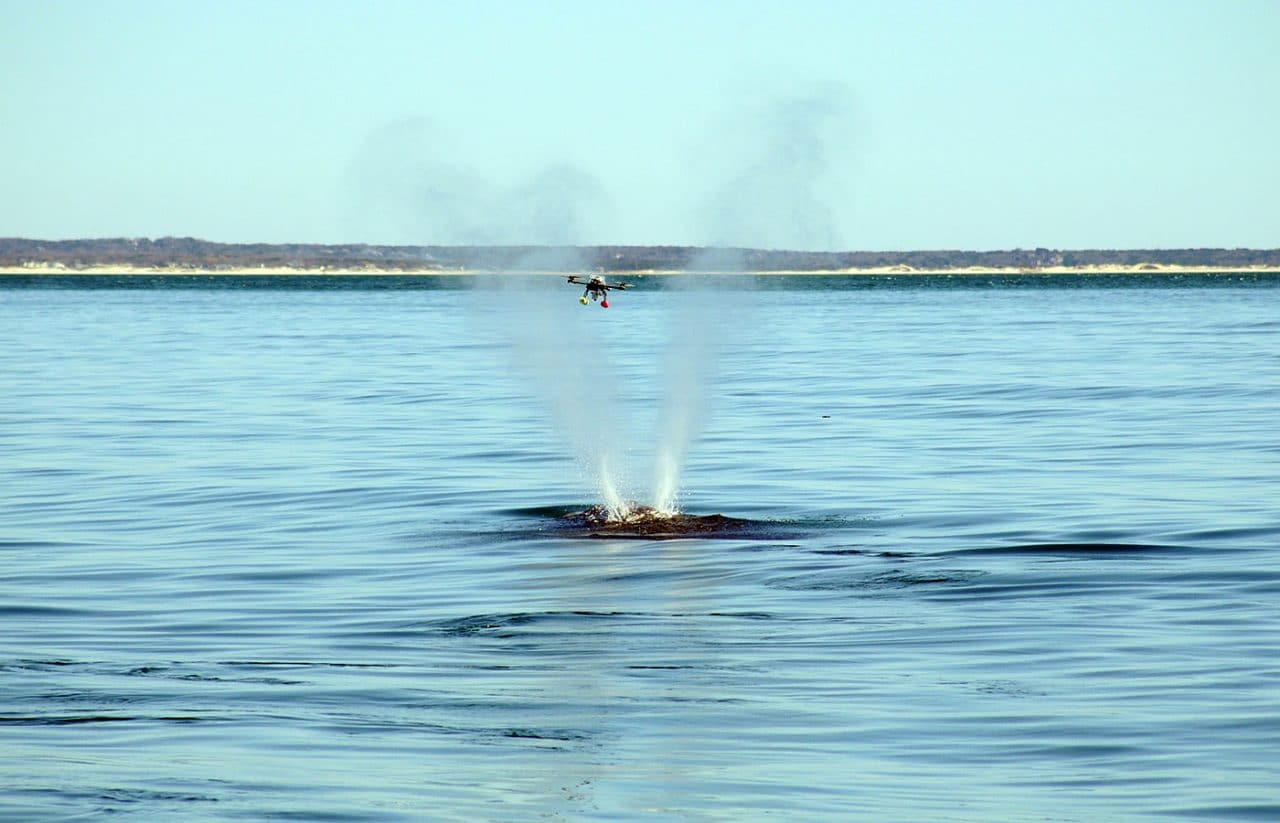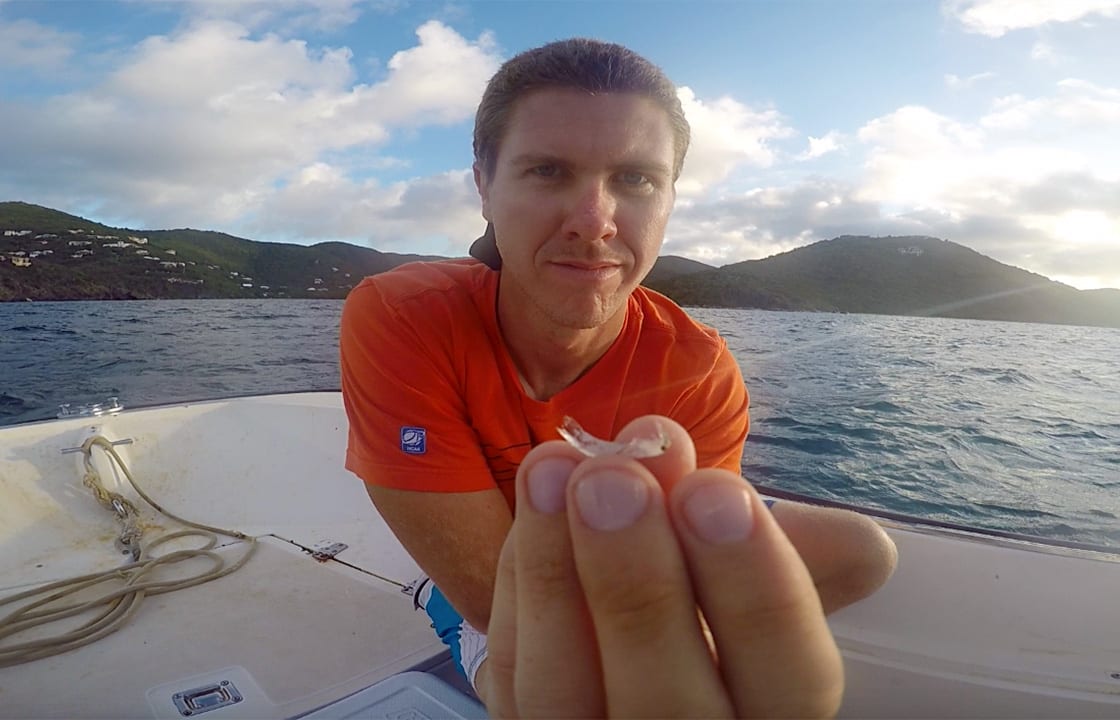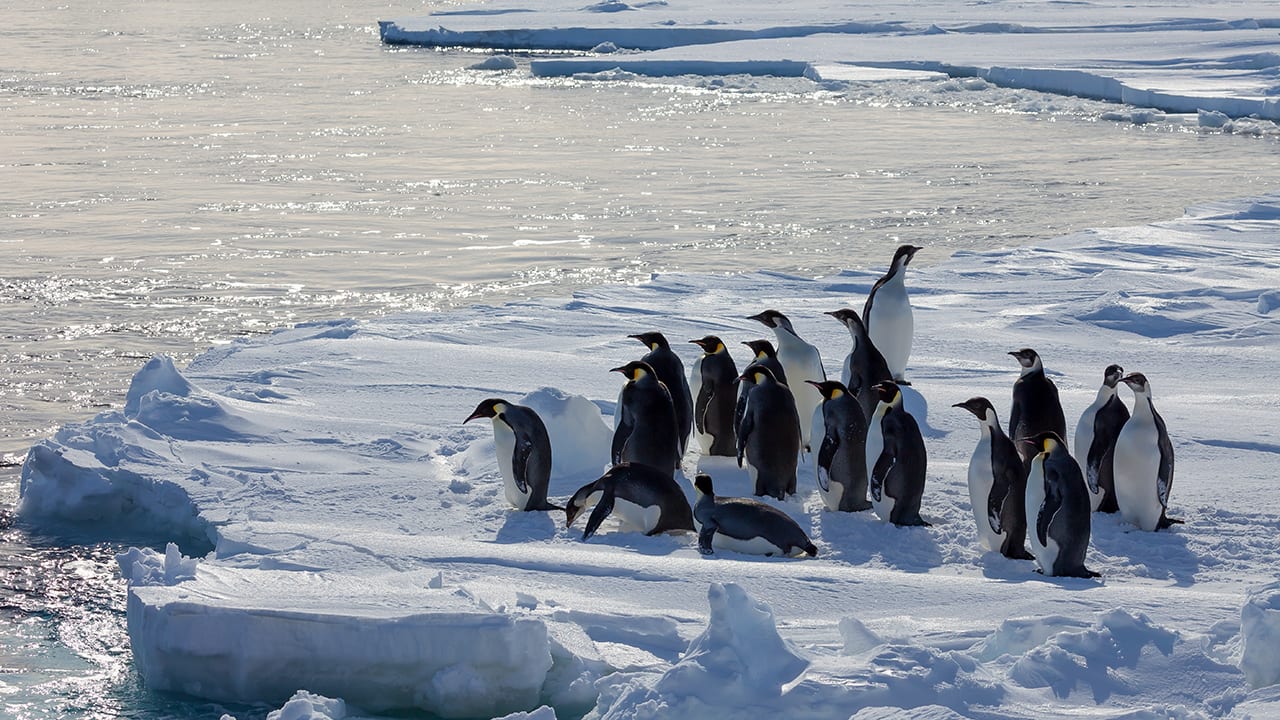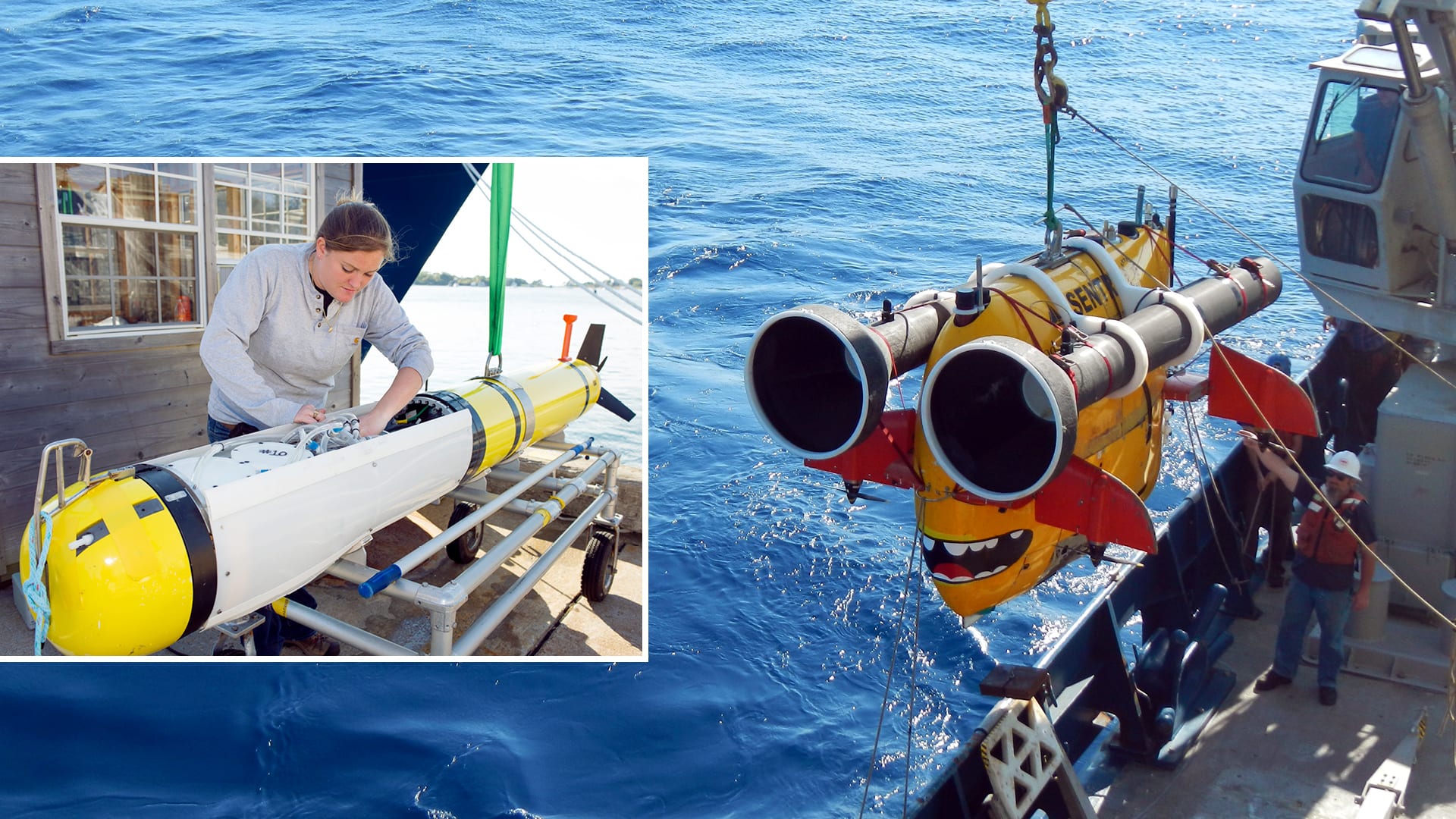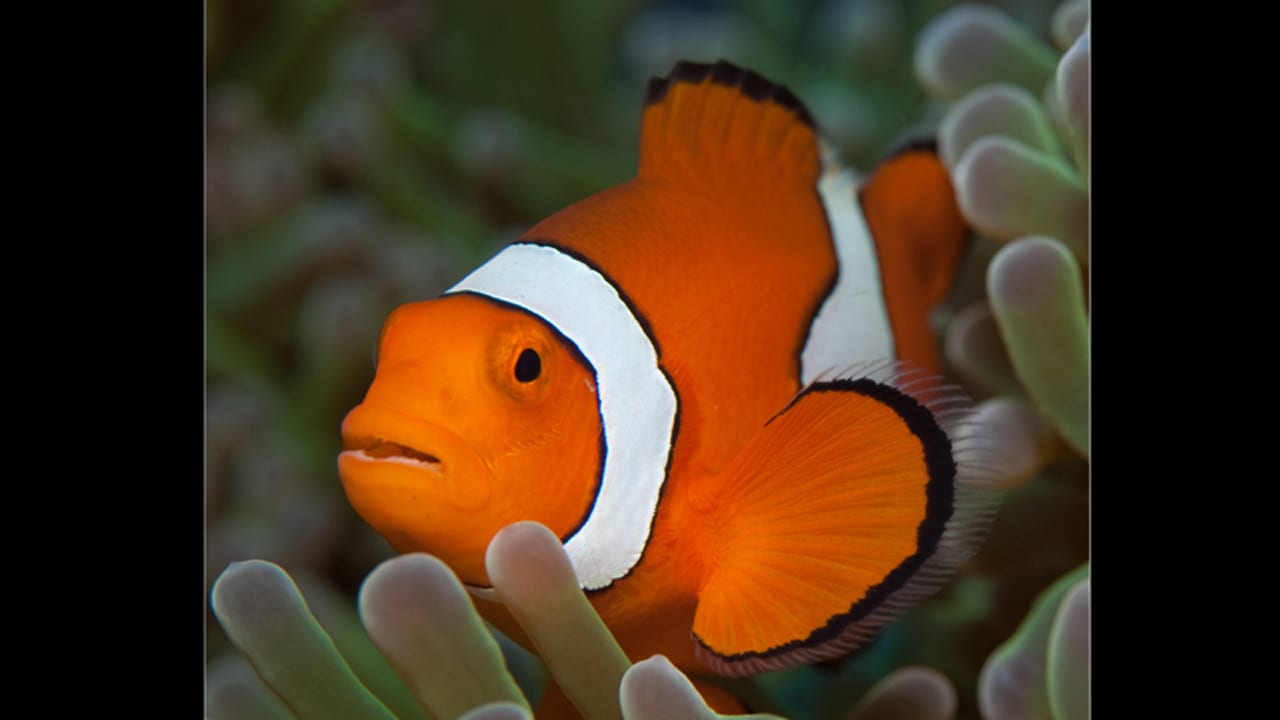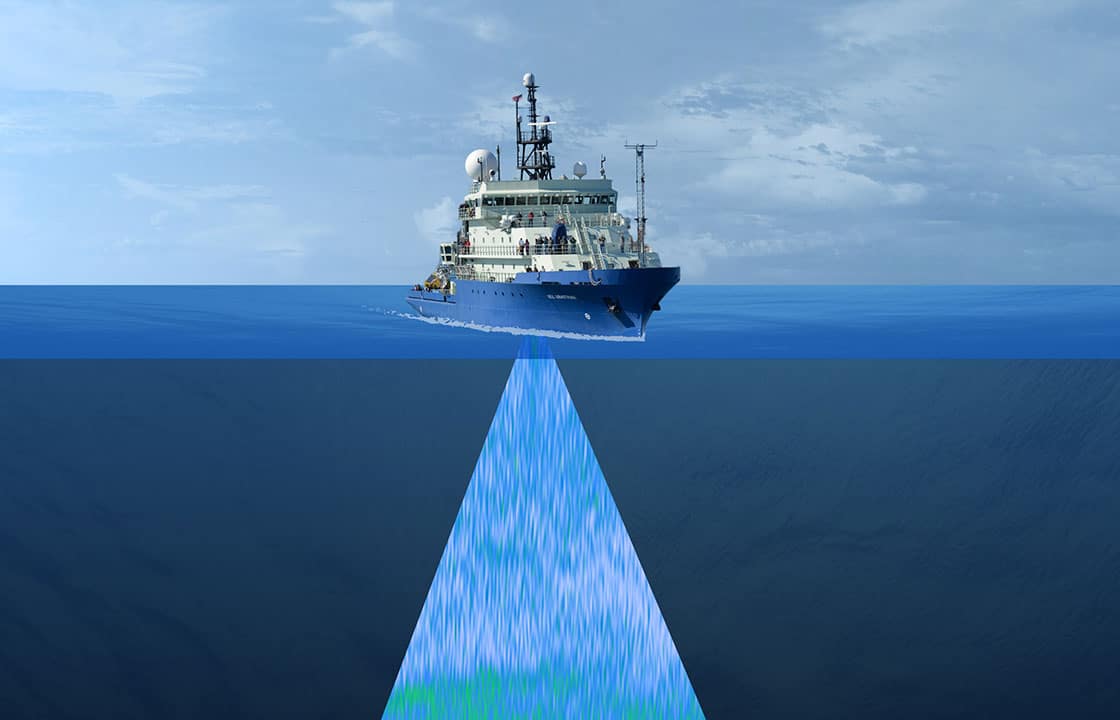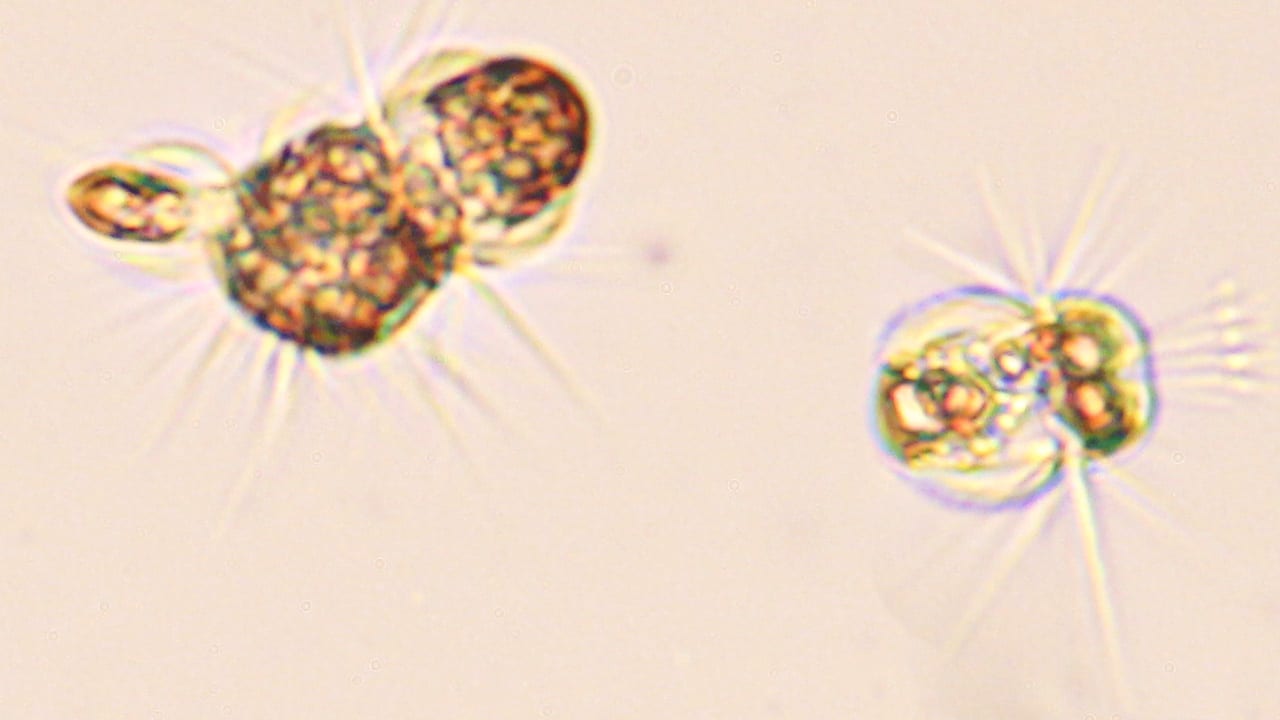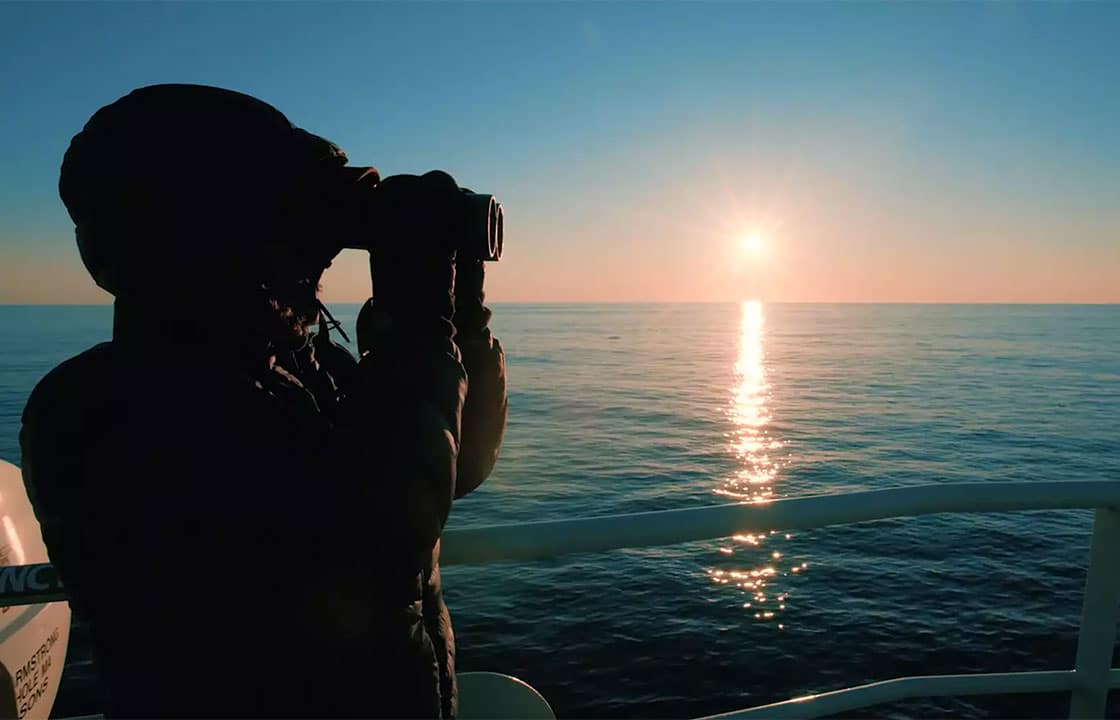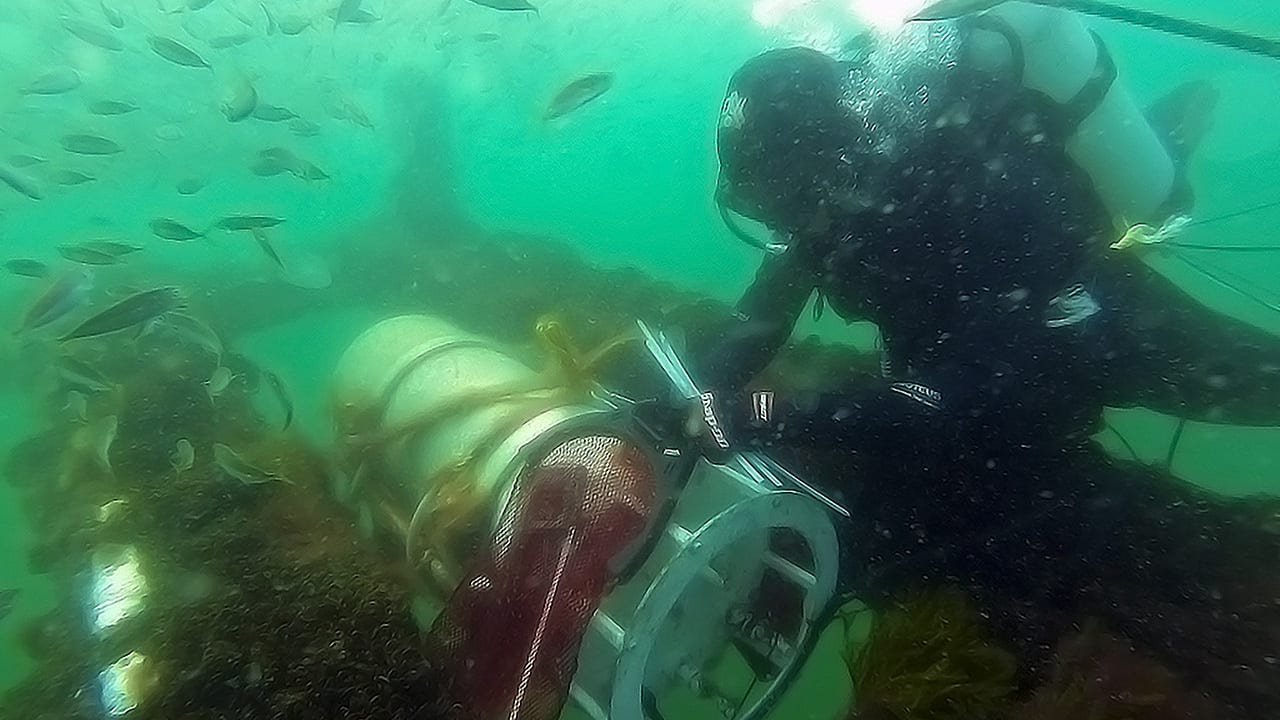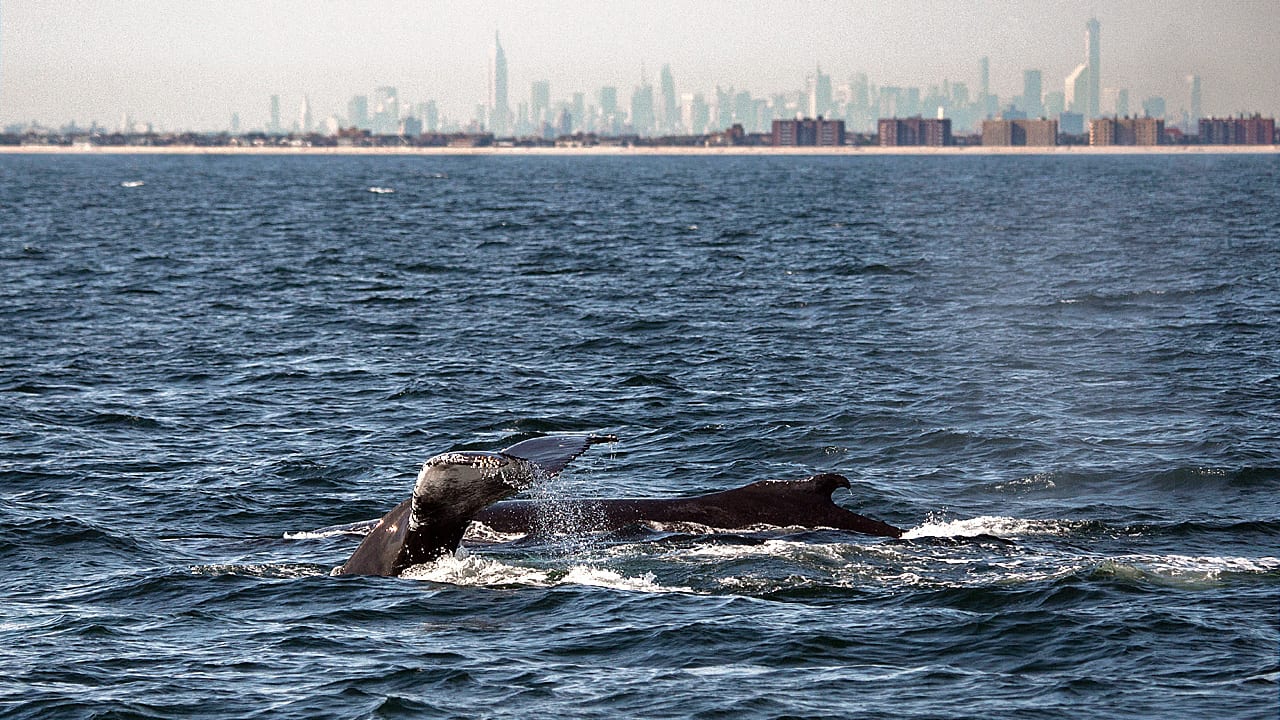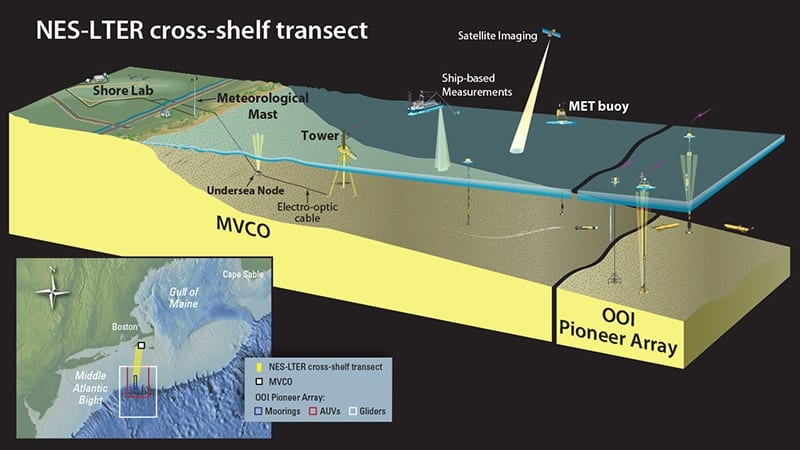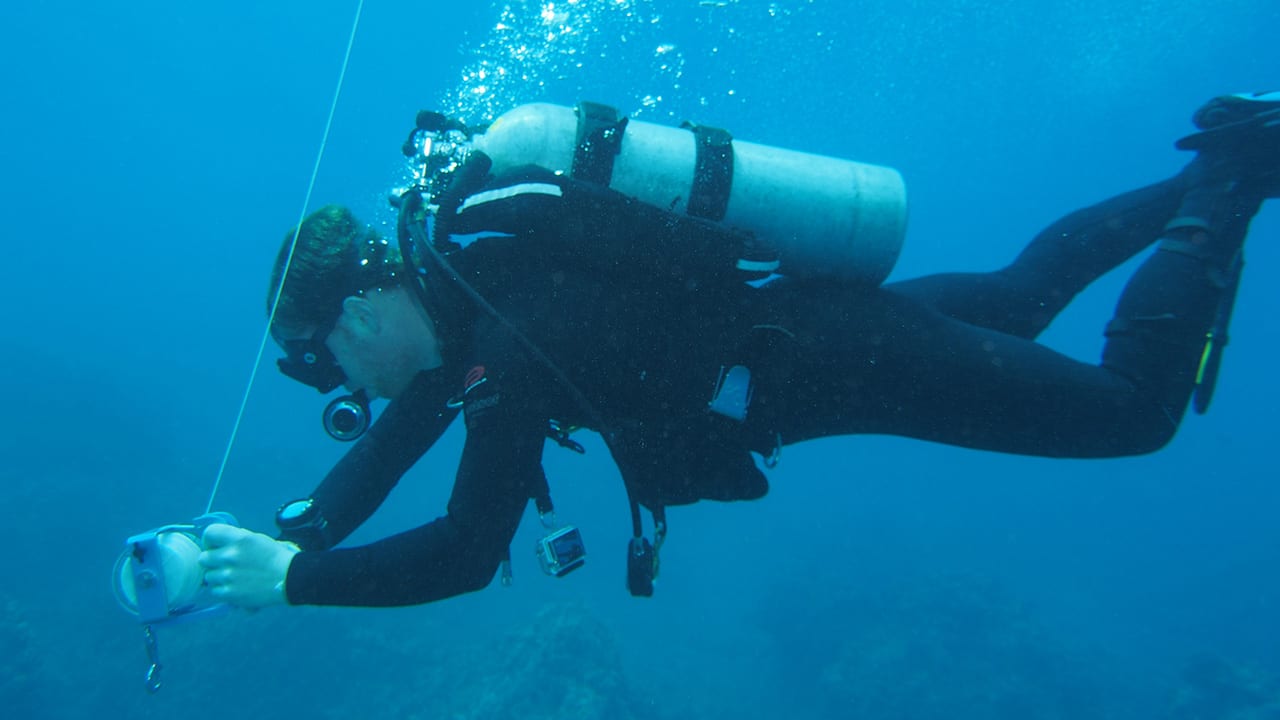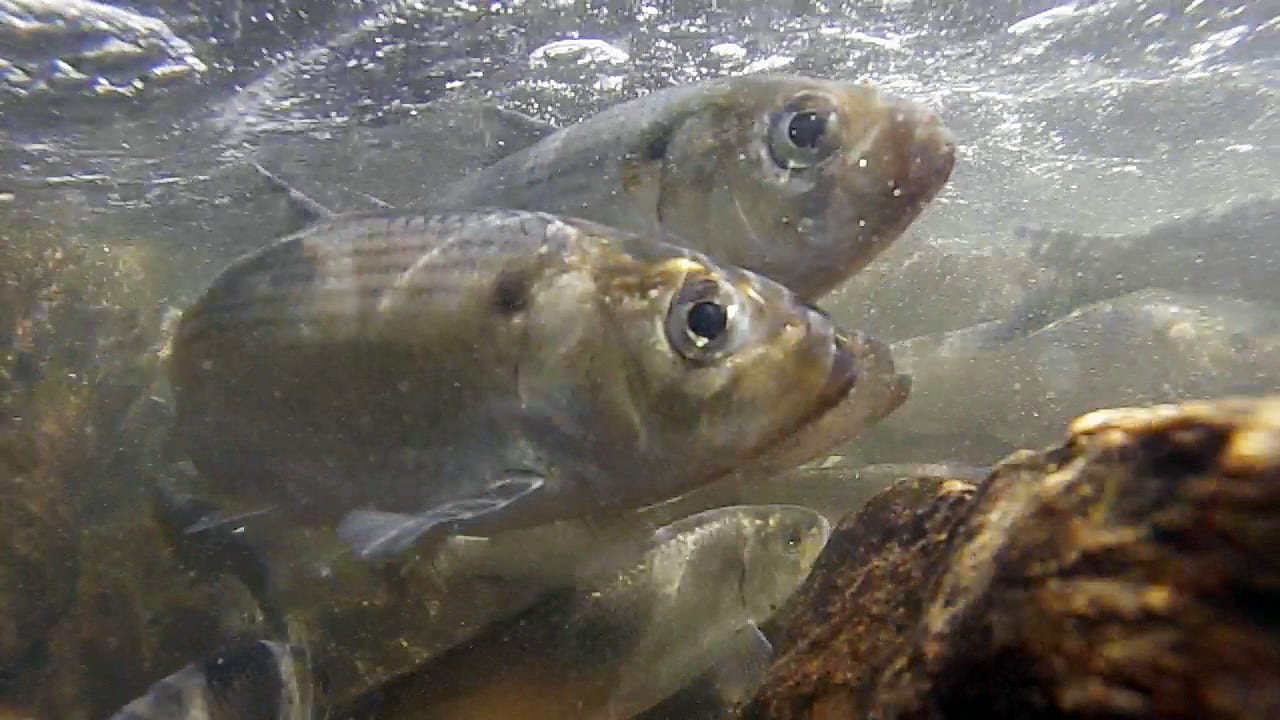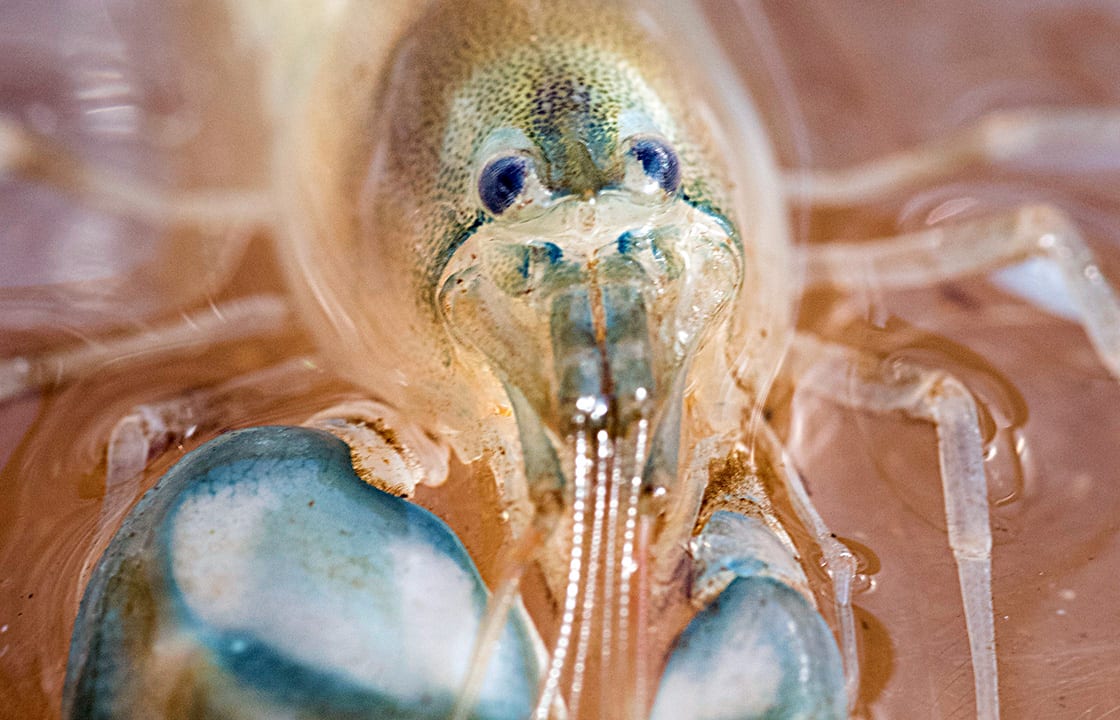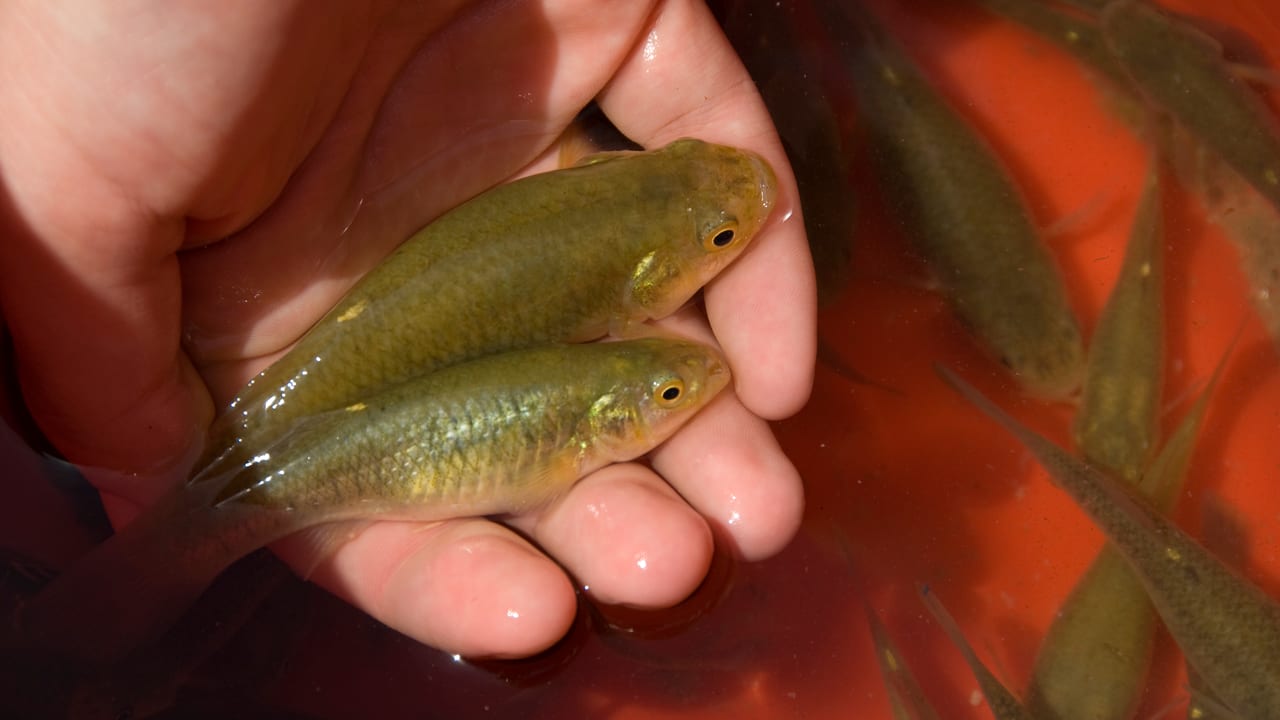Biology
The Discovery of Hydrothermal Vents
In 1977, WHOI scientists made a discovery that revolutionized our understanding of how and where life could exist on Earth and other planetary bodies.
Read MoreThe Bacteria on Your Beaches
The widespread use of antibiotics is increasing the spread of antibiotic-resistant bacteria—perhaps into the ocean, too.
Read MoreMission to the Ocean Twilight Zone
The twilight zone is a part of the ocean 660 to 3,300 feet below the surface, where little sunlight can reach. It is deep and dark and cold, and the pressures there are enormous. Despite these challenging conditions, the twilight zone teems with life that helps support the ocean’s food web and is intertwined with Earth’s climate. Some countries are gearing up to exploit twilight zone fisheries, with unknown impacts for marine ecosystems and global climate. Scientists and engineers at Woods Hole Oceanographic Institution are poised to explore and investigate this hidden frontier.
Read MoreWho Grows There?
Biofouling organisms—barnacles, tunicates, bryozoans, and other marine invertebrates—are a common sight on docks, ship hulls, rocks, and other hard underwater surfaces. WHOI postdoctoral scholar Kirstin Meyer has been studying the fouling community in coastal waters of Woods Hole, Mass., to assess how it develops and changes over time. Her preliminary results suggest that both water temperature and competition play a key role in driving community composition.
Read MoreScientists Reveal Secrets of Whales
Researchers have known for decades that whales create elaborate songs. But a new study has revealed a component of whale songs that has long been overlooked—sort of a booming baseline…
Read MoreLong-term Study Focuses on New England Ocean
The National Science Foundation has created a new Long Term Ecological Research site off the New England coast to increase understanding of an area of the ocean known for its abundant marine life and productive commercial fisheries.
Read MoreTiny Jellyfish with a Big Sting
Clinging jellyfish in waters near Vladivostok, Russia, are known for their painful, toxic stings. In the U.S., where clinging jellies had been relatively harmless, a new, venomous variety has recently appeared on Cape Cod, Mass., and in nearby regions. WHOI biologist Annette Govindarajan is using genetic techniques to trace their geographic origins.
Read MoreThe Marine Reserve Goldilocks Problem
To protect coral reefs, governments and conservationists are looking to establish networks of marine reserves, where fishing is prohibited. But for the reserves to work, they need to be the…
Read MoreScientists Reveal Secrets of Whales
Researchers have known for decades that whales create elaborate songs. But a new study has revealed a component of whale songs that has long been overlooked—sort of a booming baseline…
Read MoreHow Do Fish Find Their Way?
An MIT-WHOI Joint Program graduate student is exploring how tiny larvae hatched in the open ocean find their way to coral reefs where they settle down and live.
Read MoreFinding New Homes Won’t Help Emperor Penguins Cope with Climate Change
Unlike other species that migrate successfully to escape the wrath of climate change, a new study shows that dispersal may help sustain global Emperor penguin populations for a limited time, but, as sea ice conditions continue to deteriorate, the 54 colonies that exist today will face devastating declines by the end of this century.
Read MorePlankZooka & SUPR-REMUS
Much of marine life begins as microscopic larvae—so tiny, delicate, and scattered in hard-to-reach parts of ocean that scientists have had a tough time illuminating this fundamental stage of life…
Read MoreTravel Distances of Juvenile Fish Key to Better Conservation
WHOI scientists and their international colleagues conducted the largest, most comprehensive study of larval dispersal at coral reefs. Their findings have important implications for the sizing and spacing of marine reserves.
Read MoreIlluminating the Ocean with Sound
WHOI’s new research vessel Niel Armstrong is equipped with an EK80 broadband acoustic echo sounder. Using a wide range of sound frequencies, it gives scientists the ability to identify and distinguish between…
Read MoreThe Amazing Acquired Phototroph!
There are autotrophs, such as plants, that can make their own food. There are heterotrophs, such as animals, that consume other organisms. And then there are curious organisms called mixotrophs, which can do both, switching how they get food depending on the conditions in their environment.
Read MoreThe Hotspot for Marine Life
The continental shelfbreak in the waters off New England is an area where a spectacular abundance and diversity of marine life aggregate year-round. The Pioneer Array, a part of the NSF-funded Ocean Observatories Initiative, was placed there to help scientists explore the processes that make the shelfbreak so productive.
Read MoreDon Anderson Selected for Prestigious Ketchum Award for Coastal Research
Senior Scientist Don Anderson will receive WHOI’s prestigious 2017 Bostwick H. Ketchum Award, which honors an internationally recognized scientist who demonstrates an innovative approach to coastal research, leadership in the scientific community, and who forges a link between coastal research and societal issues.
Read MoreSpring Arrives Earlier in the Ocean Too
Warmer oceans are triggering phytoplankton to start their annual blooms up to four weeks earlier than usual—a signal of how climate change can have far-reaching impacts on marine ecosystems. From…
Read MoreEavesdropping on Whales
WHOI scientist Mark Baumgartner has installed a mooring in New York waters that listens for whales and sends back alerts. The prototype advance-warning system could one day help reduce shipping collisions with whales.
Read MoreA New Long-Term Ecological Research Site Announced for the Northeast U.S. Shelf
To better understand and manage the intricate ecosystem off the Northeast U.S. coast, the National Science Foundation has announced the selection of this critical ocean region for a new Long Term Ecological Research (LTER) site led by WHOI.
Read MoreHow Do Larvae Find a Place to Settle Down?
It’s still a mystery: How do the tiny larvae of marine animals that hatch in the open ocean find their way to coral reefs where they settle as adults? One…
Read MoreA Big Decline of River Herring
River herring used to run up coastal streams in great numbers in springtime, returning from the ocean to spawn in fresh water. But their populations have plummeted. WHOI biologist Joel Llopiz is investigating critical gaps in understanding river herring’s larval stage just after they hatch.
Read MoreEavesdropping on Shrimp’s Snap Chat
At Woods Hole Oceanographic Institution, marine ecologist Ashlee Lillis is studying a tiny animal that makes one of the ocean’s loudest natural sounds. It’s called a snapping shrimp. The noise it makes dominates the underwater soundscape in many coastal regions and may have an outsized effect on other marine life.
Read MoreSome Fish Quickly Adapt to Lethal Levels of Pollution
Killifish living in four polluted East Coast estuaries have adapted to survive levels of toxic industrial pollutants that would normally kill them, tolerating concentrations up to 8,000 times higher than sensitive fish. A new study reveals the complex genetic basis for the Atlantic killifishÃÂÃÂÃÂâÃÂÃÂÃÂÃÂÃÂÃÂÃÂÃÂs remarkable resilience.
Read More
